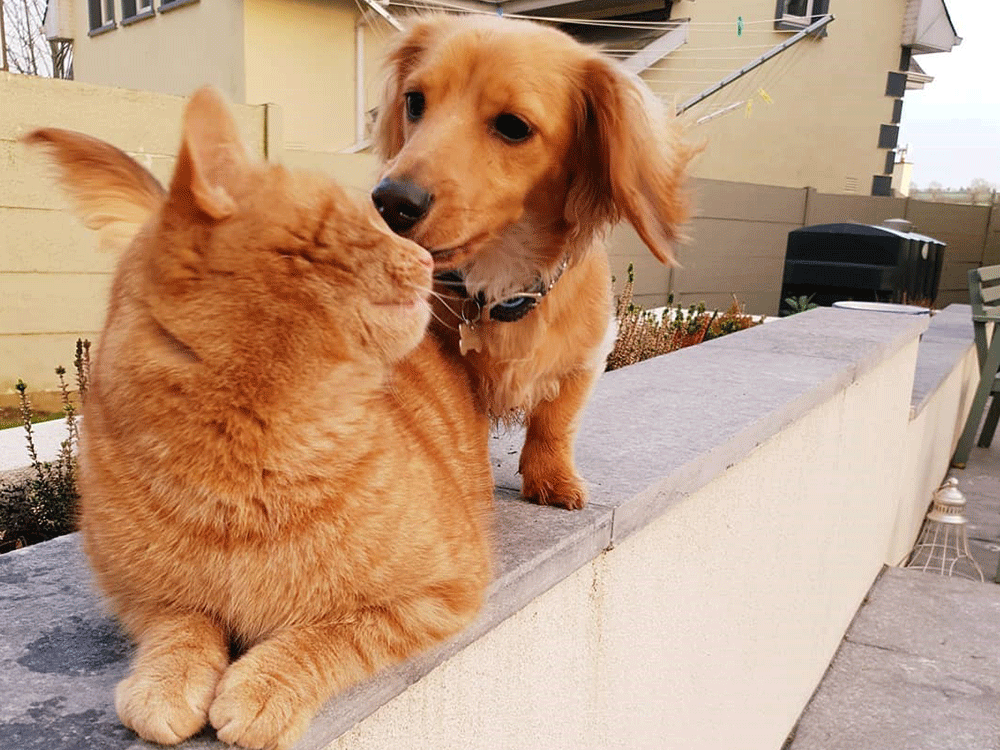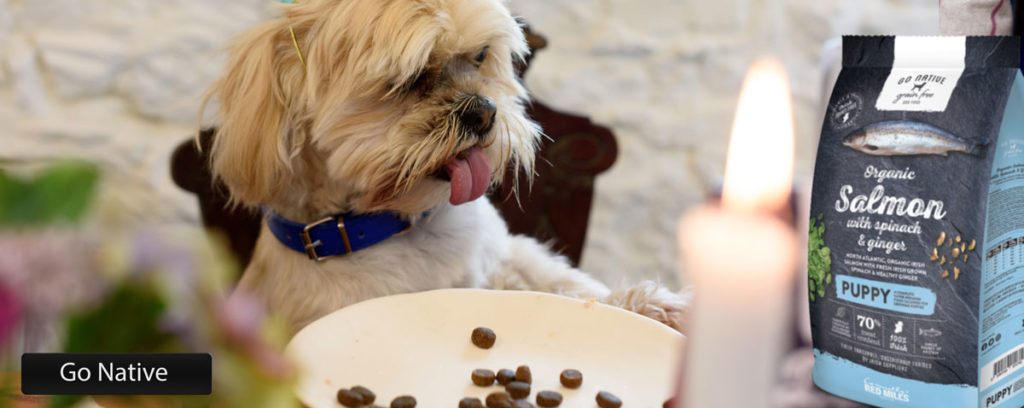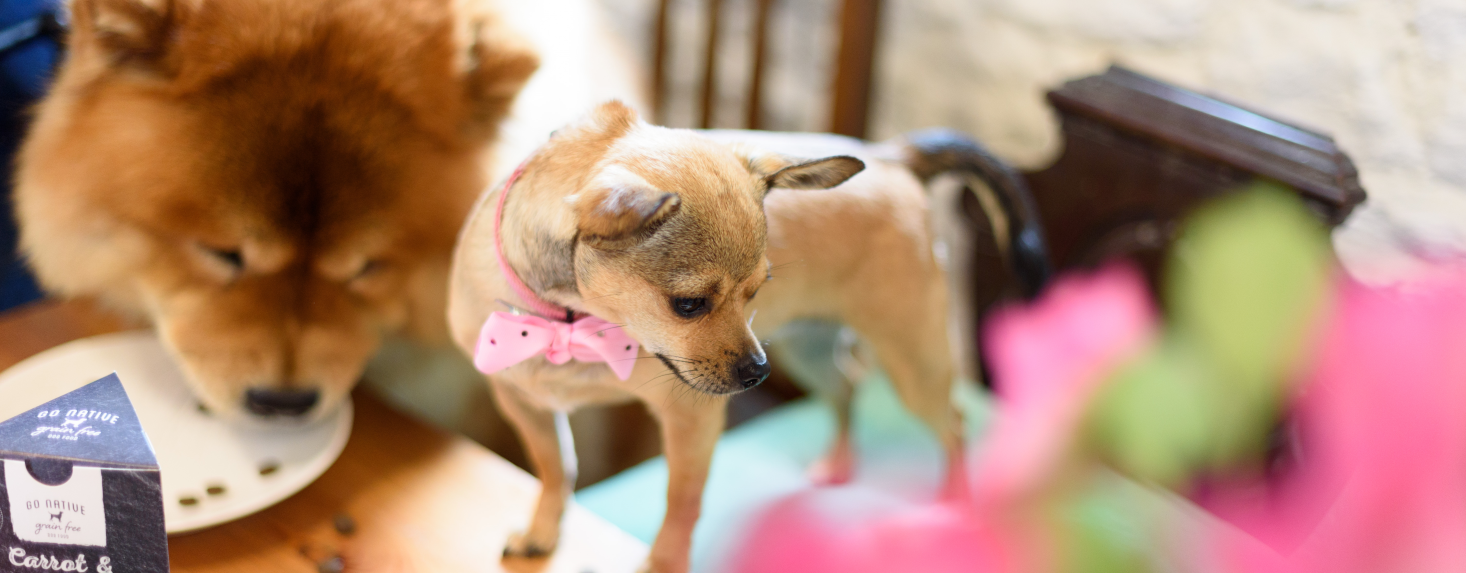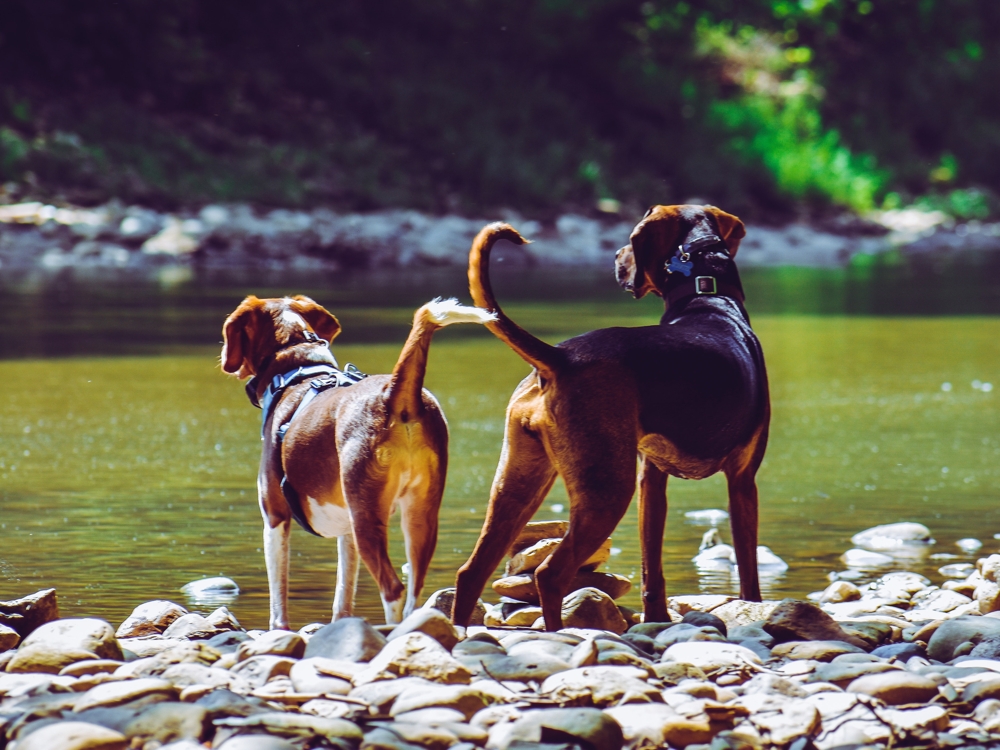Feeding Your New Puppy
Share
[Sassy_Social_Share]Many people have decided now is the time to get a new puppy. Aside from frontline workers, we are all staying at home. And new puppies need to have their family at home as they settle in and grow. They need more frequent feedings and opportunities to toilet than adult dogs. If you have time to train and socialise your puppy and can commit to their care for the next 15 or so years, this is indeed an excellent time to get a puppy. A furry bundle of joy is more than excellent company during a lockdown. They are a best friend who will reward you with boundless unconditional love as well as endless entertainment for many, many years to come.
It’s good to get your new arrival off to a healthy start with a proper schedule for eating, playing and house training. Dogs thrive on routine. But because they are babies, they are constantly growing and changing. How often you should feed your puppy will change as they grow. And like human babies, they all develop at their own speed. Schedules are just guides. It is fine to adjust and fine tune the schedule so it meets the needs of your unique dog and household.

Developing a Routine
Your puppy should be weaned from their mother and started on solid foods before being placed with you. Ask the breeder or rescue how often they feed your puppy. If possible, find out what food this is before you bring your new puppy home and get some of the same. You might or might not want to keep your pup on that food, but it is best to change foods gradually, and important to do your research before deciding which puppy food to go for.
Puppies usually need the opportunity to toilet shortly after they eat. They don’t have much bladder or bowel control yet, but it is up to their owners to bring them to the right place at the right time. When they succeed, praising them will help develop a habit of going in that spot. If they do their business elsewhere, don’t make a fuss about it. Simply clean it up quickly with any reaction at all.
Playtime should be before they eat because being too active after eating can upset their stomach. Also, they are likely to be inclined for a nap when their belly is full. A good routine is play time, food, toileting, quiet time.
A Schedule for Your Puppy
One of the first questions new dog owners have is how often to feed a puppy. A pup’s feeding schedule changes as they mature. These are only guidelines. Your pup will mature on their own schedule, depending on their breed type and other factors. It’s important to pay attention to your pup’s signals and to keep in touch with your vet.
| Age 8 to 16 weeks | Age 4 to 6 months | After 6 months |
| Four daily feedings spaced evenly through the day with the first right after waking and the last at least an hour before bed so your pup has time to toilet before you go to sleep. | Reduce to three feedings a day. Choosing a time halfway between the second and third feedings in the earlier schedule should help your pup not get too hungry. | Between six and nine months, you can reduce the feeding schedule to two feeds a day. Larger breeds can be slower to mature, so while a Yorkshire terrier might be ready to move to two feedings a day at six months, a German Shepherd might do better to continue three feedings until nine months. Another reason to feed large breeds more frequently is to reduce their risk of bloat, which can be fatal. If dogs gulp too much air because they are wolfing down a lot of food in one sitting, it can cause their stomach to fill with air and then twist. This is an emergency and requires immediate veterinary intervention. Larger dogs with deep chests are more prone to bloat than smaller breeds. |
How Much to Feed Your New Puppy?
This is one of the biggest questions, and the answer depends on the pup’s size and activity level and the specific food. The bag should have guidelines for feeding your pup based on weight and/ or age. Of course, your pup is growing constantly, so you will be increasing the amount of food. Weigh your puppy weekly to make sure you are giving an appropriate amount for their current weight.
When you buy your first bag of puppy food, ask the pet store for a measuring scoop and be sure it is one provided by the company that makes that food. These scoops are not interchangeable because the different sizes and shapes of dry dog food mean they fit into a measure differently.
The feeding guides on dog food usually give a range, not one specific amount. All pups are different. Start with an amount in the middle of the range and see how your pup eats. You can adjust based on that, and it is fine to keep adjusting. You pup might be hungrier at one meal than another or eat more for a week. That’s normal.
Wholesome Food for Healthy Pups
What you feed your puppy is as important as how often you feed your puppy. A young dog’s nutrition is the foundation for their lifelong health. Look for a food that is designed for your puppy’s breed type. One sign of a good brand is that they offer different foods for small, medium and large breeds at different life stages (puppy, adult, senior). Connolly’s Red Mills Leader line of dog food offers different formulations for different breed types based on size. It is not just the size of the pieces of food! Large breeds have different needs than smaller dogs, so each option is carefully balanced to give your dog what they need to thrive.
How to Change Your Puppy’s Food
When you need to change your dog’s food, do so gradually. Whether you are switching brands or going from puppy to adult food, changing abruptly can upset your dog’s tummy. For puppies, take the time to switch foods slowly in four steps. Mix the foods according to this schedule for every feed. Don’t alternate and feed different foods for different meals.
| Week 1 | Week 2 | Week 3 | Week 4 |
| Feed three parts old food to one part new food. | Feed equal portions of both foods. | Feed one part old food to three parts new food. | Feed only the new food. |
If you have any questions about feeding your new puppy, you can either contact your vet or get in touch with Connolly RED MILLS. Our new online web chat can help, and if you need more detailed assistance, one of our nutrition advisors can call you back. We’re committed to getting your new puppy off to the very best start.
All this month we’re offering FREE delivery across all of our puppy food ranges when you purchase online . Just add a bag to your cart, no coupon code needed 🐶






